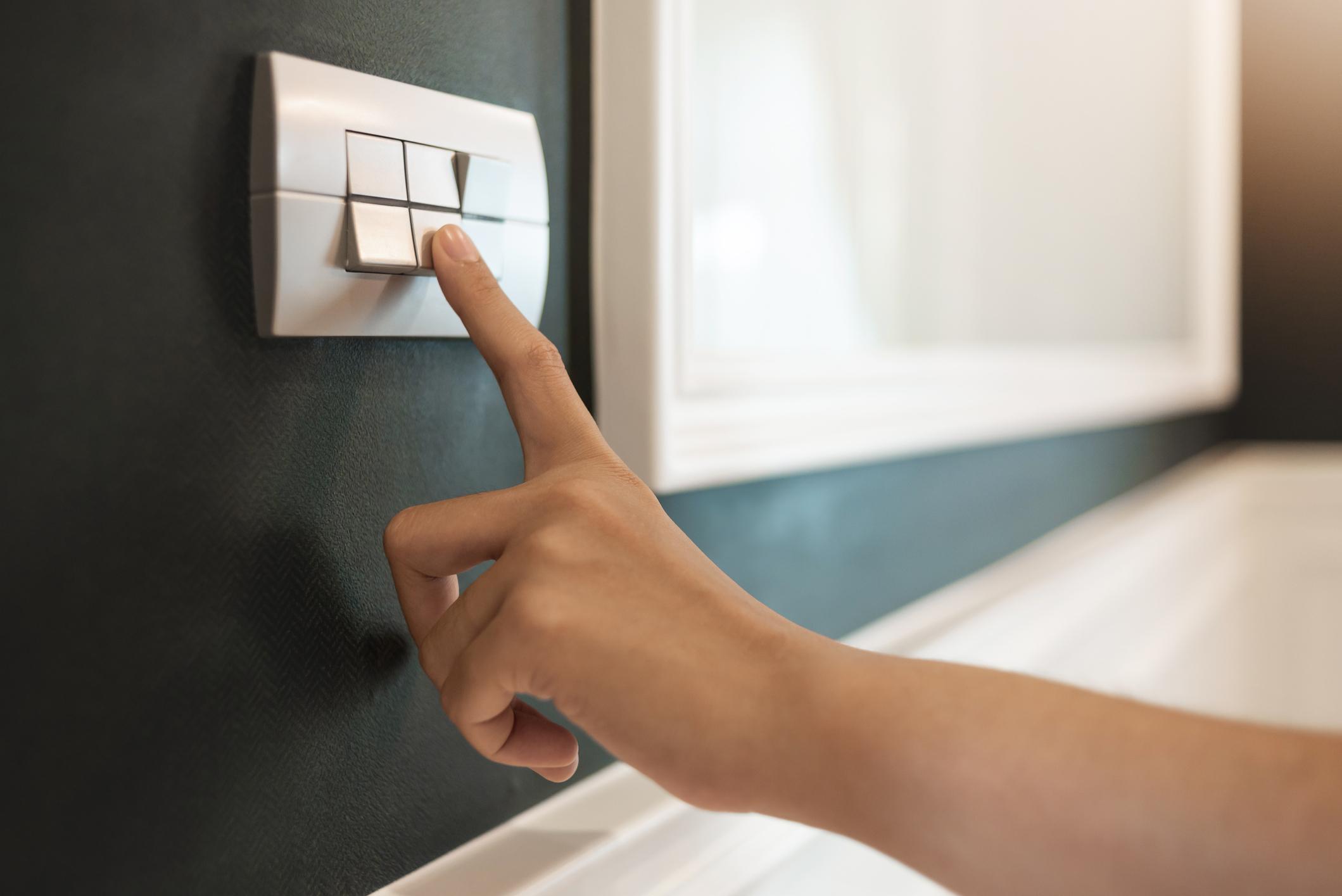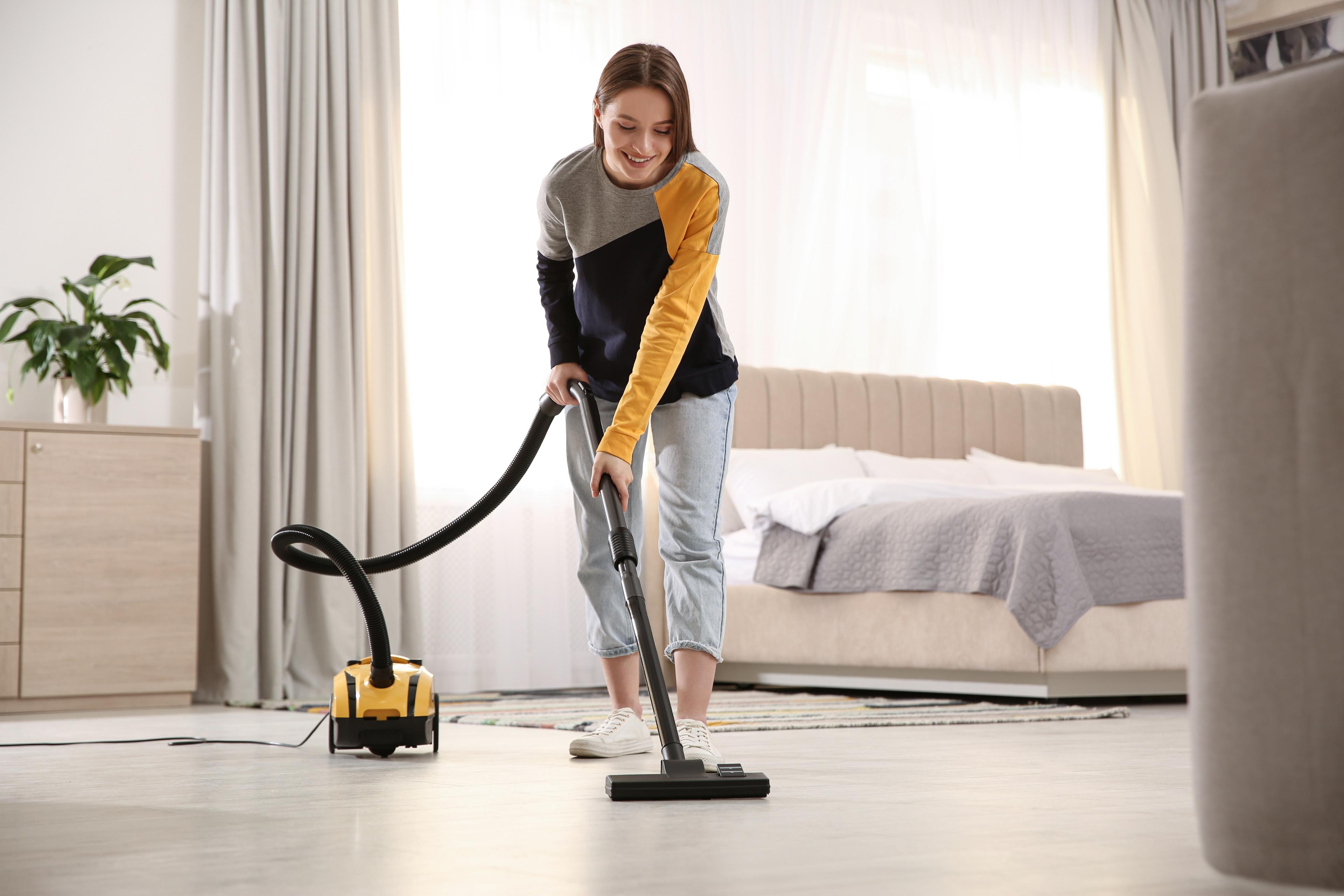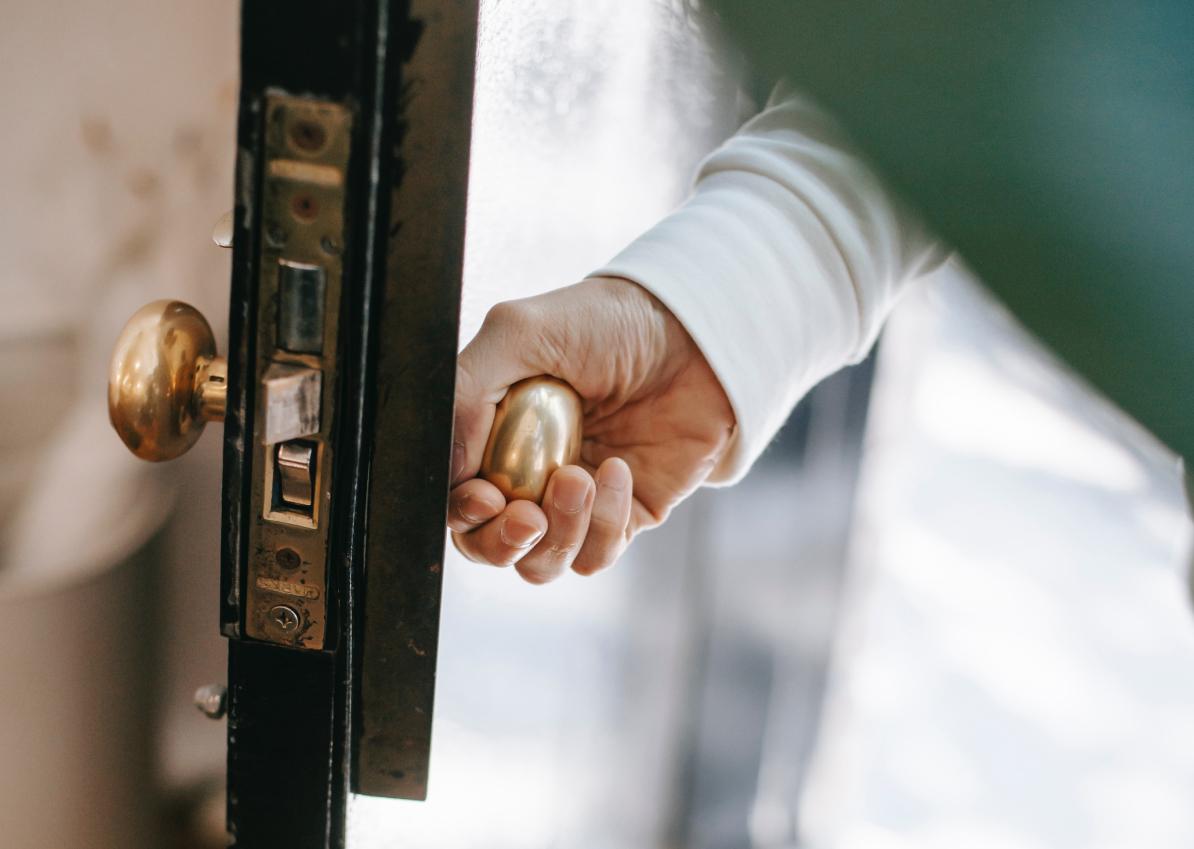Welcome to BeMoved!
On the 27th March 2024, HOOD.ai moved home too. We are now part of the BeMoved family and we're still here to help you move home, stress-free. You can think of us as your all-in-one moving concierge and we can help you connect utilities, book removalists and exit cleans.
You can also get in touch with our free moving concierge if you need some assistance! We'll get you home!
Our Services
BeMoved can help with your whole move!
We can connect utilities and internet, book an exit clean or arrange the best removalist for your move.
Get in touch
Contact us
Have questions? Need help with your booking? Just want some advice?
Our Australian moving concierge team is here to help. Speak to a real person over the phone or via live chat, or email us if you prefer.
Connect your home with recognised providers
BeMoved helps you get the best home internet, gas and electricity plans
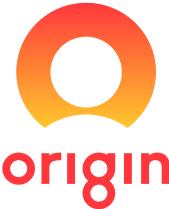
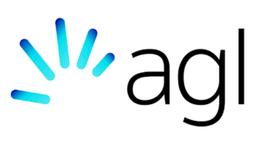
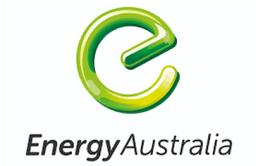

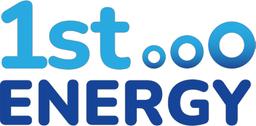
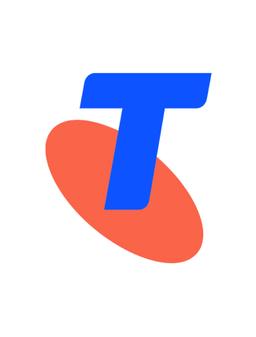



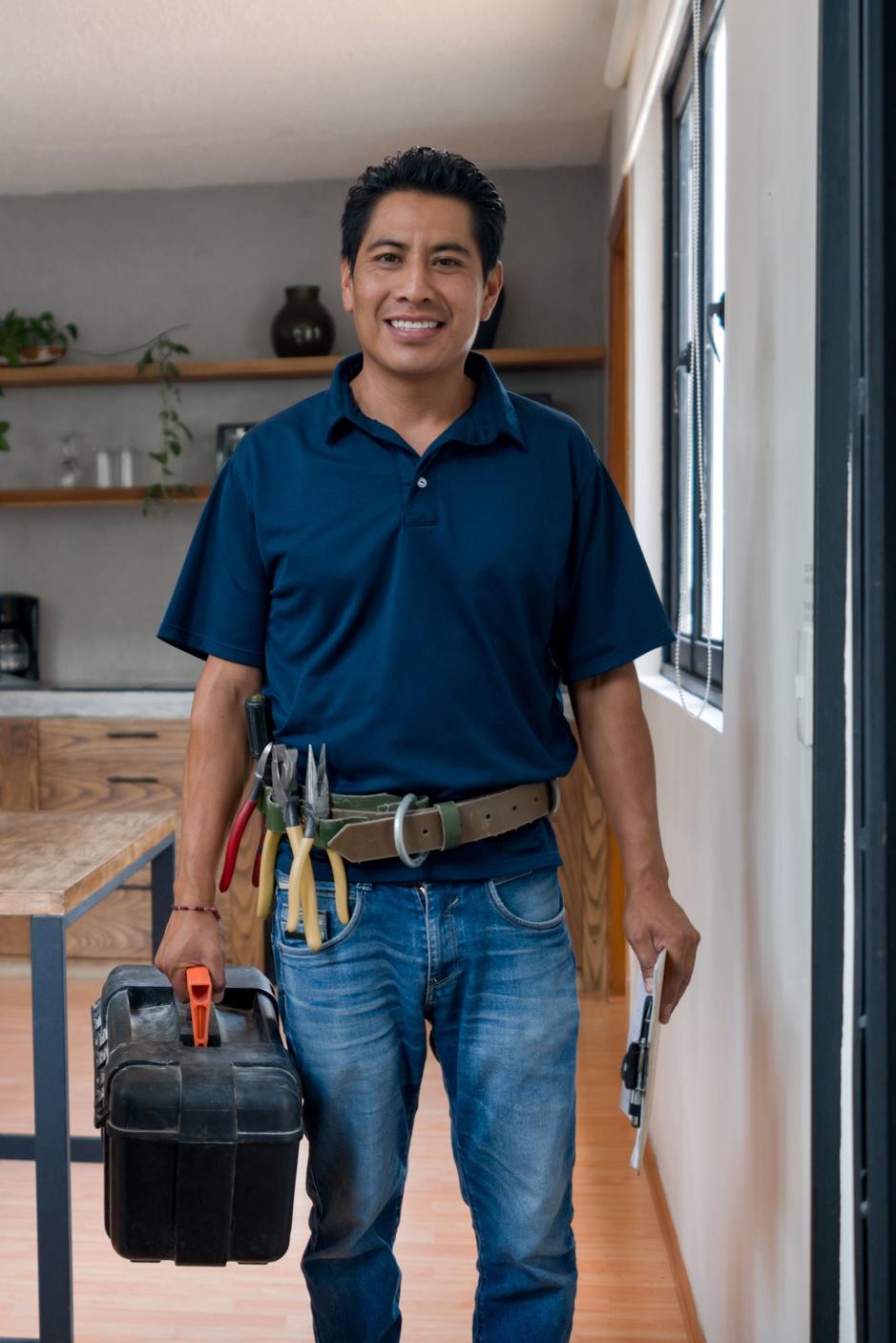

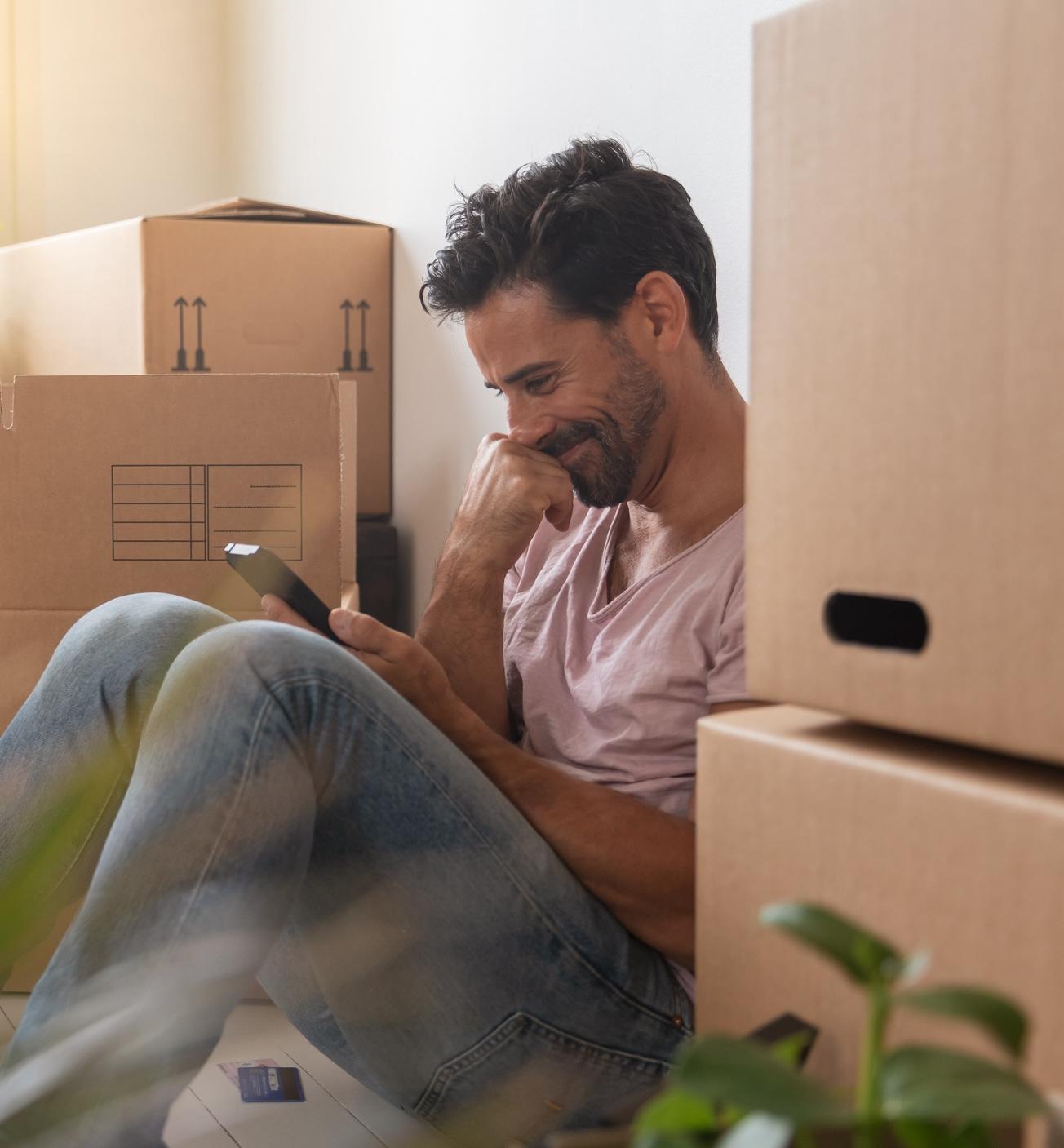
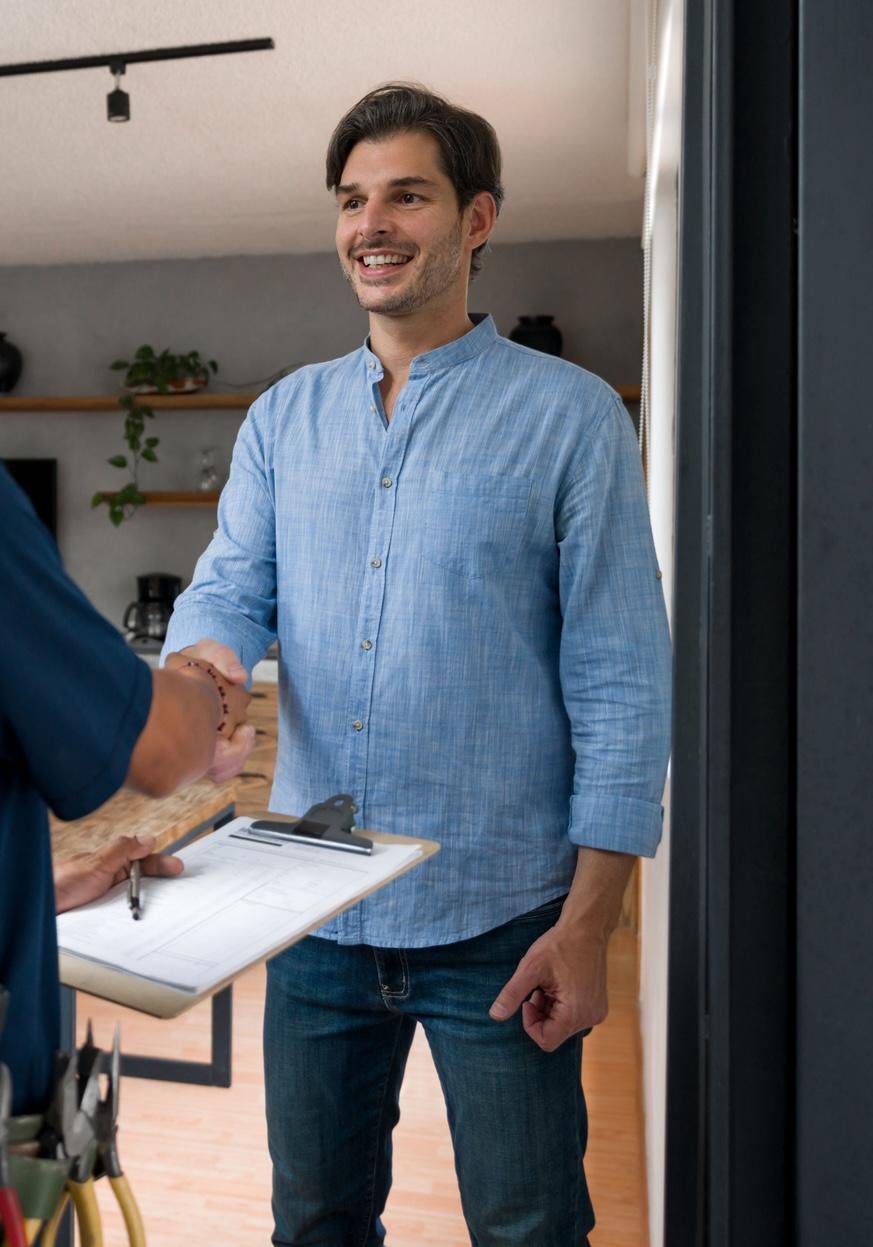
The BeMoved Difference
Why use BeMoved?
Powerful technology, backed by a team with the desire to create the best customer experience in the industry.
We've done the hard work vetting and verifying providers, so you don't have to.
It's our mission to help you have a stress-free moving experience.
- Nothing to hide! Transparent, upfront pricing and cost breakdowns
- Instant, online booking. Tick off moving tasks in minutes, not hours
- Australian moving concierge team on hand to help if you need it
Experience the BeMoved difference and move smarter, not harder.
Start moving today







Testimonials
What people are saying
Let our customers tell you about their moving experience with BeMoved
Utilities FAQS
Frequently Asked Questions
Changing utilities doesn't need to be a nightmare. We're here to help you have a stress-free move. Still unsure about something? Give us a call on 02 7202 6254.
Popular Locations
Find removalists and cleaners near you
We've vetted and verified all BeMoved moving companies and cleaners so you can book with confidence.


